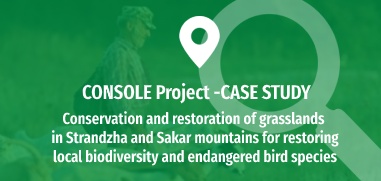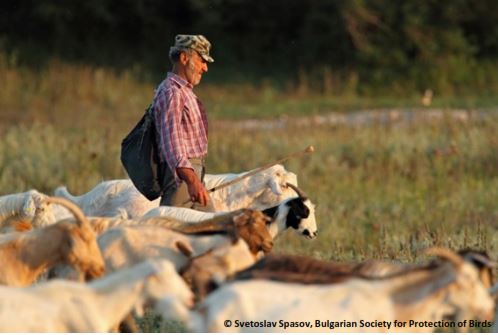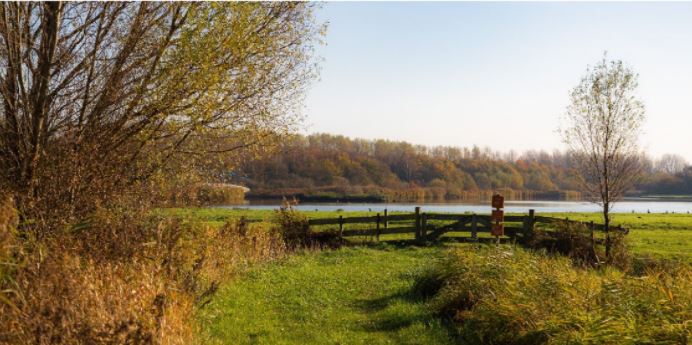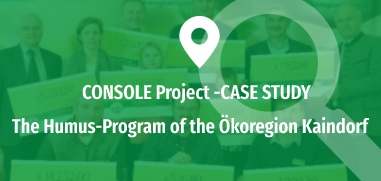Summary
In intensive arable regions like the Nienburg district in Lower Saxony the uptake of current agri-environment schemes is low and their performance unsatisfactory.
Nine arable farms are assessed using the participatory decision support tools SMART, Cool Farm Tool and COMPAS possible pathways of agro-ecological transitions and to co-construct practice-validatedstrategies and incentives for the promotion of improved agro-ecological practices. Agro-ecological practices are adopted on specific parts of the farm if and where such practices fit best with the business plan of the farm. Result oriented approaches will be developed on an experimental basis to foster farmland biodiversity and water protection using the toolkit to assess the environmental, economic and social performance of the innovative strategies at farm level (part of the German case study of H2020 project UNISECO).
Objectives
A local Multi-Actor Platform (MAP) is set up to:
- Improve understanding of barriers and drivers of agro-ecological transitions;
- Co-construct novel and effective market mechanisms and policy instruments to improve the sustainability of intensive arable farming systems;
- Design result-oriented agro-ecological practices allowing to improve biodiversity and water quality while minimizing negative impacts on the economic viability.
Public Goods

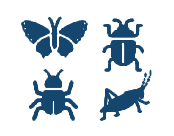

Problem description
In the district of Nienburg, Lower Saxony a high pressure on ecological sustainability in general and biodiversity loss as well as water pollution in particular persists. Land use is dominated by highly market-oriented farming with a high share of rented land.
The experience with demanding agro-ecological practices is very limited. Cover crops are grown as greening measure and some farmers have established flowering strips, extensive field margins.

